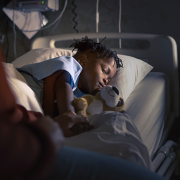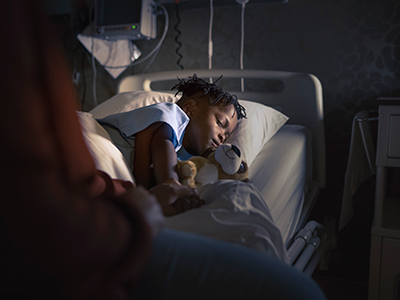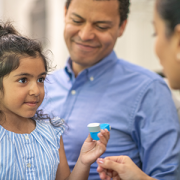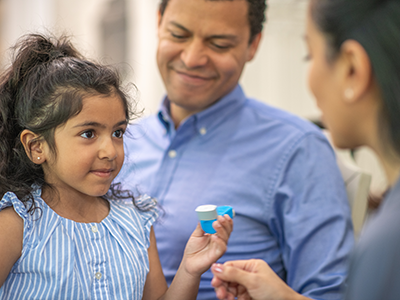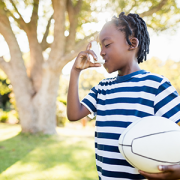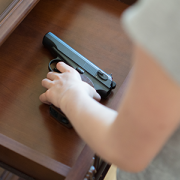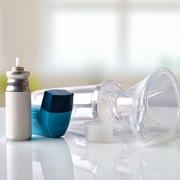A meta-analysis of neighborhood impact on child health outcomes

Researchers at Children’s National Hospital synthesized associations between the Child Opportunity Index (COI), a composite index of children’s neighborhood opportunity, and pediatric health.
In a new systematic review and meta-analysis published in Pediatrics, researchers at Children’s National Hospital synthesized associations between the Child Opportunity Index (COI), a composite index of children’s neighborhood opportunity, and pediatric health. Most studies in the review found that lower COI (less neighborhood opportunity) was associated with adverse health outcomes among children. In the meta-analysis specifically, lower COI (or less neighborhood opportunity) was associated with higher odds of mortality, all cause emergency department (ED) visits and sub-groups of hospitalizations – for medical reasons, surgical/trauma diagnoses and >30-day re-hospitalizations.
The hold up in the field
Until now, the variety of metrics used to measure the impact of where a child lives (place) made it difficult to meta-analyze place-based research across studies and quantify associations. In recent years, the frequent use of the COI has given the authors the unique opportunity to synthesize across those associations quantitatively.
Moving the field forward
“Our meta-analysis provides quantifiable evidence that place is an undeniable risk factor for pediatric mortality and select types of ED and hospital utilization,” the authors wrote. “And in tandem, our broader review summarizes evidence across 85 studies, underscoring that place-based disparities are present across the entire continuum of children’s health.”
The researchers hope this work can serve as an inflection point in the transition from discovering place-based inequities in children’s health to developing and evaluating interventions that mitigate inequities.
The patient benefit
Over the past few years, there has been a focus on identifying place-based disparities using the COI.
“We hope our review is a catalyst in the shift towards the development of interventions, done in partnership with families and communities to gain a deeper understanding of how place impacts care,” says Jordan Tyris, MD, hospitalist at Children’s National Hospital and one of the authors of the study. “This partnership would facilitate the tailoring of interventions to ensure they are family-centered and effective, with the goal of mitigating place-based disparities.”
The bottom line
The authors found that disparities exist across the continuum of children’s health – from newborn outcomes to well child care access/attendance, to chronic disease morbidity and mortality. They discovered that many of the studies examined ‘later on outcomes’ like utilization and mortality. However, some studies in this review documented disparities starting early in childhood, and earlier in the spectrum of health (e.g., newborn health and well child outcomes). The researchers believe this points to earlier opportunities for place-based interventions that could have implications for more serious outcomes later.
Additional authors include Kavita Parikh, MD, and Susan Keller.
You can read the full study The Child Opportunity Index and Children’s Health: A Meta-analysis in Pediatrics.





